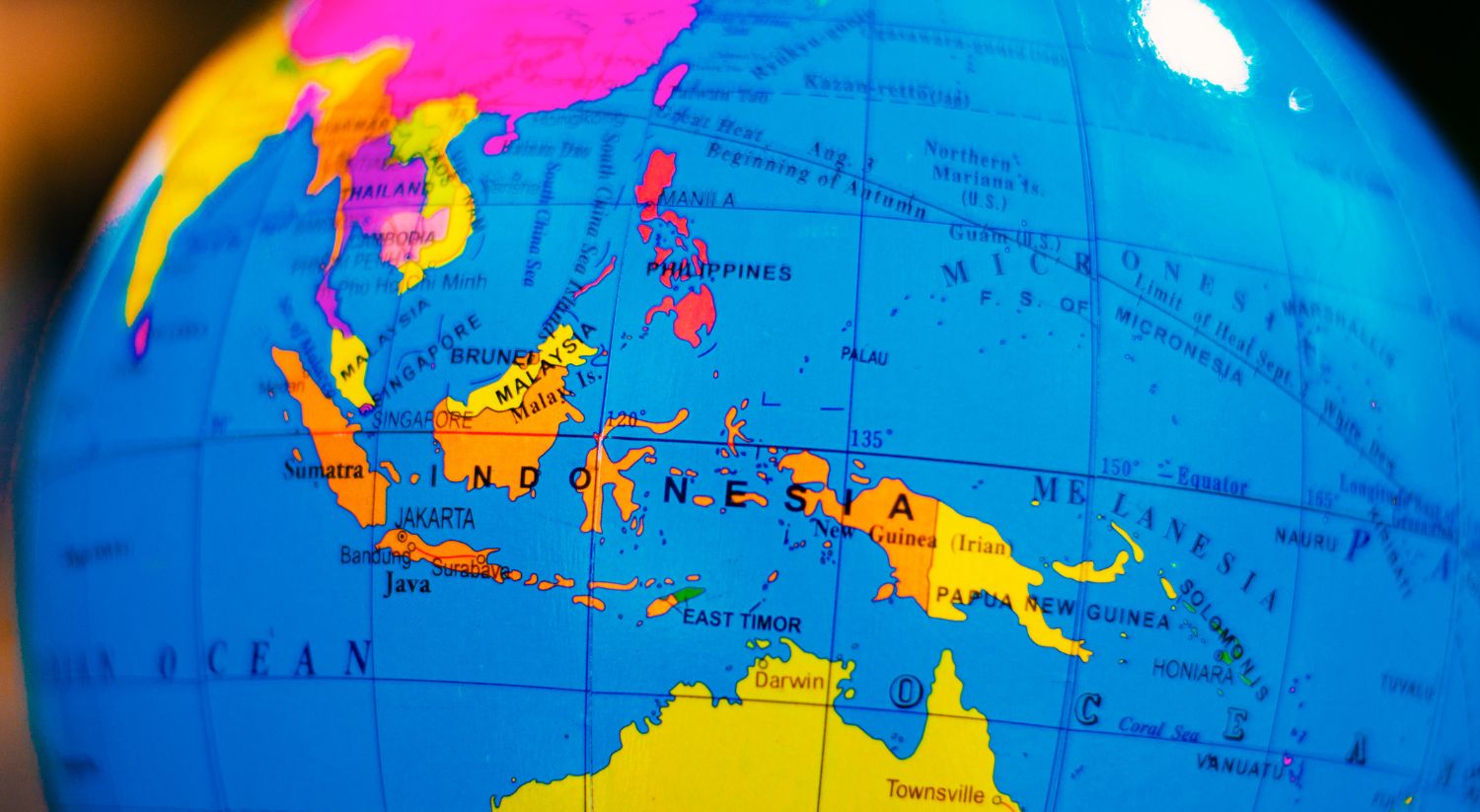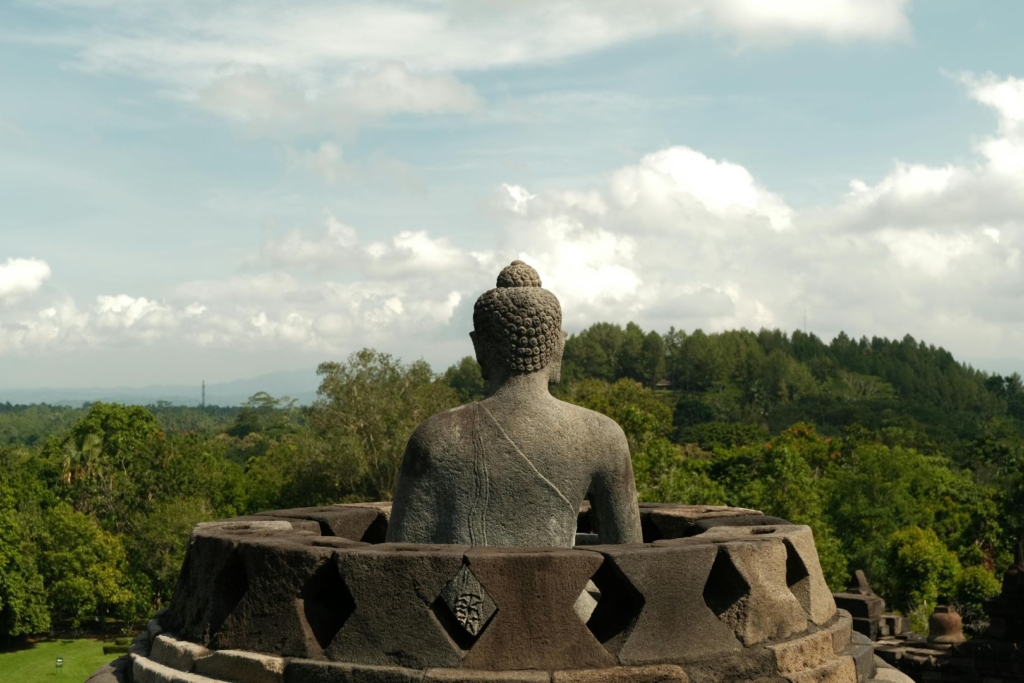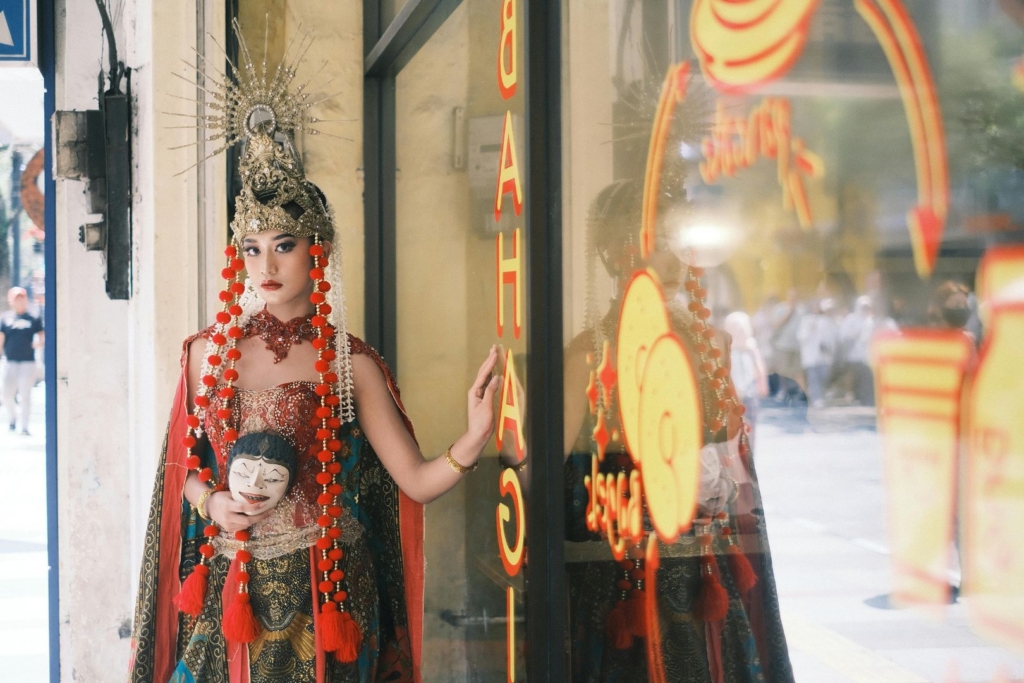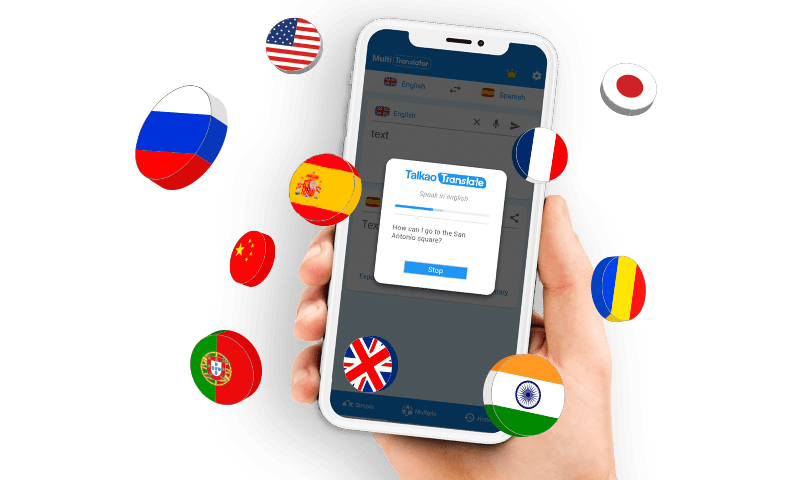
Javanese is one of the most fascinating languages on Earth. Its unique features make it truly remarkable. Originally spoken only on the island of Java, today Javanese is recognized in several Asian countries. Java itself has also become one of the world’s top tourist destinations.
From a demographic standpoint, Java is the most densely populated island on the planet—its population density surpasses that of countries like Russia or Mexico. As a result, Javanese is one of the most widely spoken languages within such a small territory.
In this guide, we’ll take a deeper look at this amazing language. You’ll explore its linguistic roots through its rich and complex history. We’ll also dive into Java’s cultural influence, both regionally and globally. And of course, we’ll introduce you to some of the island’s most colorful traditions, offering a glimpse into the soul of this Indonesian paradise.
This will be a journey far beyond luxurious resorts and beachfront bungalows. You’re about to immerse yourself in an ancient culture full of wisdom and heritage… Get ready to experience Javanese like never before!
Let’s begin by learning a bit more about the island of Java and its people.
What Is the Javanese language and where is it spoken?
When you think about the most spoken languages in the world, Mandarin Chinese or English probably come to mind. But chances are, Javanese isn’t one of the first you’d think of.
And yet, this language—originally from the island of Java in Indonesia—boasts over 110 million native speakers. That makes it one of the most widely spoken regional languages on the planet, even surpassing others with more global fame but far fewer speakers.
A linguistically and statistically popular language
From a linguistic perspective, Javanese is part of the Austronesian language family, specifically within the Malayo-Polynesian branch. It is the dominant ancestral language of the island of Java, especially in Central Java, Yogyakarta, and parts of East Java.
Although Bahasa Indonesia is the official language of the country, Javanese remains highly influential. It is still the primary language in many communities, particularly in cultural and family settings.
In cities like Surakarta and Yogyakarta, Javanese is even used in formal and ceremonial contexts. Beyond Indonesia, it is also spoken by Javanese diaspora communities in countries like Malaysia and Singapore, and—perhaps surprisingly—even in Suriname, South America.
Still think Javanese is a minor language limited to a few beaches in the Indian Ocean? Think again.
One of the 30 most spoken languages in the world
One of the most fascinating aspects of Javanese is that it’s spoken by more than half the population of Java. It’s also one of the most spoken languages in the entire Indonesian archipelago. Java itself has the highest population density of any island in the world.
To put that in perspective: over 160 million people live on just 132,000 square kilometers. That’s more than the combined populations of Taiwan, Honshu (Japan), and Great Britain—all together!
In simple terms, Javanese has more native speakers than Italian or Thai. In fact, it ranks among the 20 most spoken languages globally, right behind Arabic and Swahili. But here’s what makes it truly unique: while Arabic spans millions of kilometers across numerous countries and dialects, Javanese is considered a single, unified language, deeply rooted in one cultural region.
Today, Javanese stands as one of the oldest living languages of the Indian Ocean, with a rich heritage still shaping life and identity in Southeast Asia. Let’s explore why.

Historical origins of the Javanese language
The history of the Javanese language is deeply intertwined with the cultural evolution of the island of Java. This Indonesian island is one of the oldest continuously inhabited regions of the Indonesian archipelago. The earliest written texts in Javanese date back to the 9th century. During this period, kingdoms such as Mataram flourished, followed later by the powerful Majapahit Empire. Majapahit was one of the most influential empires in Southeast Asia.
At its height, the Majapahit Empire extended across the entire Indonesian archipelago. In addition, it also exerted influence over parts of what are now Malaysia, the Philippines, and Papua New Guinea.
The Javanese language has undergone very few significant changes over time. Traditionally, it was written in the Javanese script known as Aksara Jawa, a writing system derived from the ancient Brahmic scripts of South India and Tamil. Although this script still exists, today Javanese is primarily written using the Latin alphabet, especially in educational and digital contexts.
An “Unofficial” yet widely spoken language
As previously mentioned, Javanese is not the official language of Indonesia. That title belongs to Bahasa Indonesia, which is the language used in schools and official institutions. However, much like in other multilingual countries, Javanese remains the “language of the home,” especially throughout the entire island of Java.
If you visit one of the many luxury resorts or spas in Java, you’ll likely be greeted in your native language. But if you listen closely, you’ll notice that hotel staff often speak Javanese among themselves. You’ll experience the same in local markets, when strolling through towns, or dining at local restaurants.
Through natural evolution and as a marker of regional identity, Javanese people continue to use their native language. While it may not be used in formal settings or official communications, it remains the everyday language spoken at home. This situation is not unique to Javanese — similar patterns are observed with languages like Mandarin or English in various parts of the world.
Imposing official languages doesn’t erase native tongues
This phenomenon of linguistic duality is not unique to Javanese. It is quite common in former colonies or island nations like Indonesia. When a government imposes an official language not through organic cultural development but by policy, people often use that language for legal or academic purposes—yet continue to speak another language in their personal lives. This is precisely what happens in Java.
Languages act as shields of identity and armor from the past. In regions like Catalonia, Sicily, or Wales—as well as countless others around the world—language is more than just a tool for communication. We see this time and again among Indigenous populations in the Americas. Across North, Central, and South America, native languages such as Guaraní, Aymara, and Nahuatl continue to be spoken, not merely as communication tools, but as powerful cultural symbols. These languages have survived for hundreds or even thousands of years.

Linguistic curiosities of the Javanese language
Beyond being the native language of millions in Indonesia, Javanese holds a deep cultural legacy. Its linguistic richness has long fascinated linguists, anthropologists, and language enthusiasts. As we’ve seen, Javanese is a unique case of regional language development in Southeast Asia.
What makes this language especially intriguing is its internal complexity. It’s not just about learning vocabulary or grammar. When you study Javanese, you’re diving into a system that directly reflects social hierarchies, respect, and deep-rooted traditions. That’s why learning the Javanese language also means understanding its culture.
Unlike many other Southeast Asian languages, Javanese stands out in several ways. Let’s take a closer look:
A language with speech level hierarchies
One of the most remarkable features of Javanese is its system of speech levels. Similar to languages like Japanese (with its keigo system), Javanese employs clearly defined levels of formality. These levels determine how you address someone based on their social status or your relationship with them.
The main speech levels are:
- Ngoko – Informal speech used among friends or close acquaintances.
- Krama Madya – The intermediate level of formal Javanese.
- Krama Inggil – Highly formal speech, reserved for people of high status or ceremonial contexts.
This isn’t just a linguistic system—it’s also deeply cultural and social. Using the correct speech level demonstrates politeness, social awareness, and cultural sensitivity. If you’re planning to interact with people from Java or Indonesia in general, mastering this is a must.
It may sound complex, but using AI-powered translators like Talkao Translate can help. This intelligent translator automatically detects the speech level and provides accurate translations, simplifying the learning process.
Influence from other languages
Over the centuries, Javanese has absorbed vocabulary from a variety of sources, including Sanskrit, Arabic, Dutch, and Portuguese. This is especially evident in religious, scientific, and technical terms.
For instance, many Hindu and Islamic terms in Javanese come directly from Sanskrit and Arabic, respectively. The language has also been shaped by contact with Portuguese navigators and their colonies in Macau, China. Additionally, interactions with Malaysia, the Philippines, and the Tamil region of India have left a lasting impact.
Of course, this kind of influence is almost universal. It’s difficult to find a language untouched by outside sources. Even languages with formal language academies, like French and Spanish, have integrated foreign words. Tools like Talkao’s AI Translator recognize these loanwords and translate them seamlessly into Javanese—or into more than 125 other languages.
Presence in everyday Indonesian language
In line with this, Javanese hasn’t just received linguistic influence—it has also contributed to it. Many Javanese expressions have made their way into Bahasa Indonesia, the national language. So it’s not uncommon for Indonesians outside Java to use Javanese words in everyday conversation, especially if they have regular contact with Javanese speakers.
Javanese has also influenced other regional languages, even beyond the island of Java. In eastern Papua New Guinea, for example, some languages show clear traces of Javanese influence. It’s worth noting that Papua New Guinea is the most linguistically diverse country in the world—with over 800 languages spoken within just a few thousand square kilometers.
The Javanese alphabet: A visual treasure
One of the most visually captivating elements of Javanese is its traditional script, known as Aksara Jawa or Hanacaraka. This writing system is derived from India’s Brahmic scripts, sharing similarities with other systems like Devanagari, used in Sanskrit and Hindi.
Here are some key features of the Javanese script:
- Syllabic system: Each character represents a syllable, not a single letter.
- Curved and decorative design: Its flowing, ornamental forms make it ideal for calligraphy and artistic uses.
- Ceremonial usage: While modern Javanese is mostly written in the Latin alphabet, Aksara Jawa is still used in official documents, monuments, ceremonial invitations, and traditional literature.
Though not easy to master, learning this script offers a deep connection to Javanese history and cultural depth. With the help of modern tools like AI-powered text translators, the learning curve becomes less intimidating. You won’t even need to manually transcribe it—just use Talkao’s camera translator, and you’re good to go.
Want to get started? Here are a few tips to help you explore the beauty and complexity of Javanese—one of Southeast Asia’s richest linguistic treasures.
Common expressions in Javanese
| Greetings and farewells in Javanese | |
|---|---|
| Category | Expression in Javanese |
| Good morning (formal) | Selamat pagi |
| Hi (casual) | Halo |
| Good bye (formal) | Selamat tinggal |
| Bye (casual) | Dadah |
| Basic manners in javanese | |
|---|---|
| Category | Expression in javanese |
| Thank you | Matur nuwun |
| Please | Tulung |
| Sorry | Nuwun sewu |
| Excuse me | Maaf |
Numbers and dates
| Dates and numbers in Javanese | |
|---|---|
| Category | Expression in Javanese |
| 1 | Siji |
| 2 | Loro |
| 3 | Telu |
| Monday | Senin |
| Tuesday | Selasa |
| January | Januari |
| February | Februari |








Newsletter